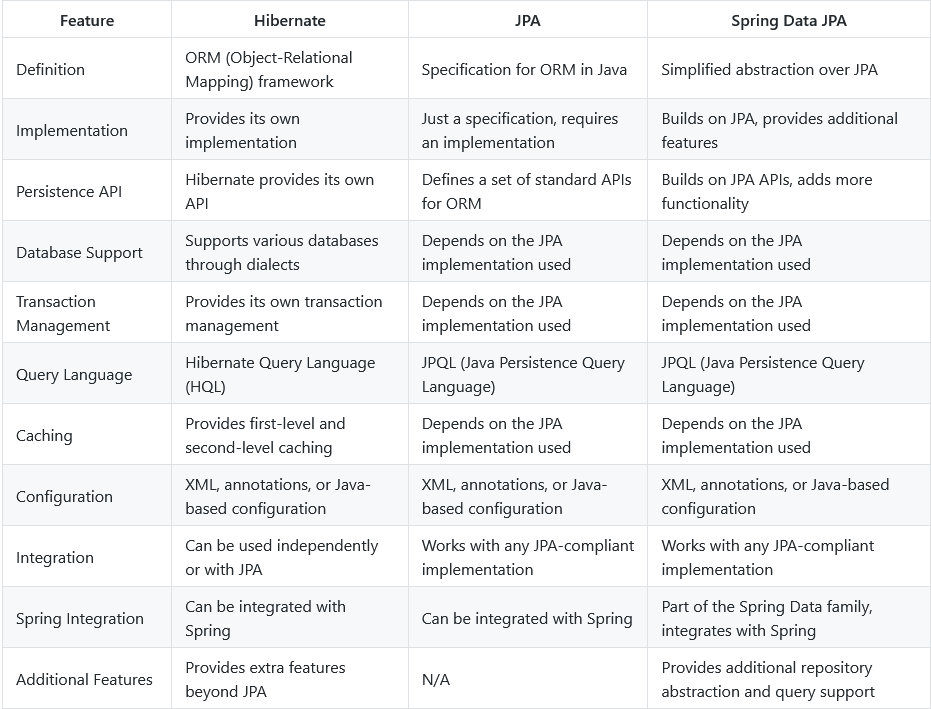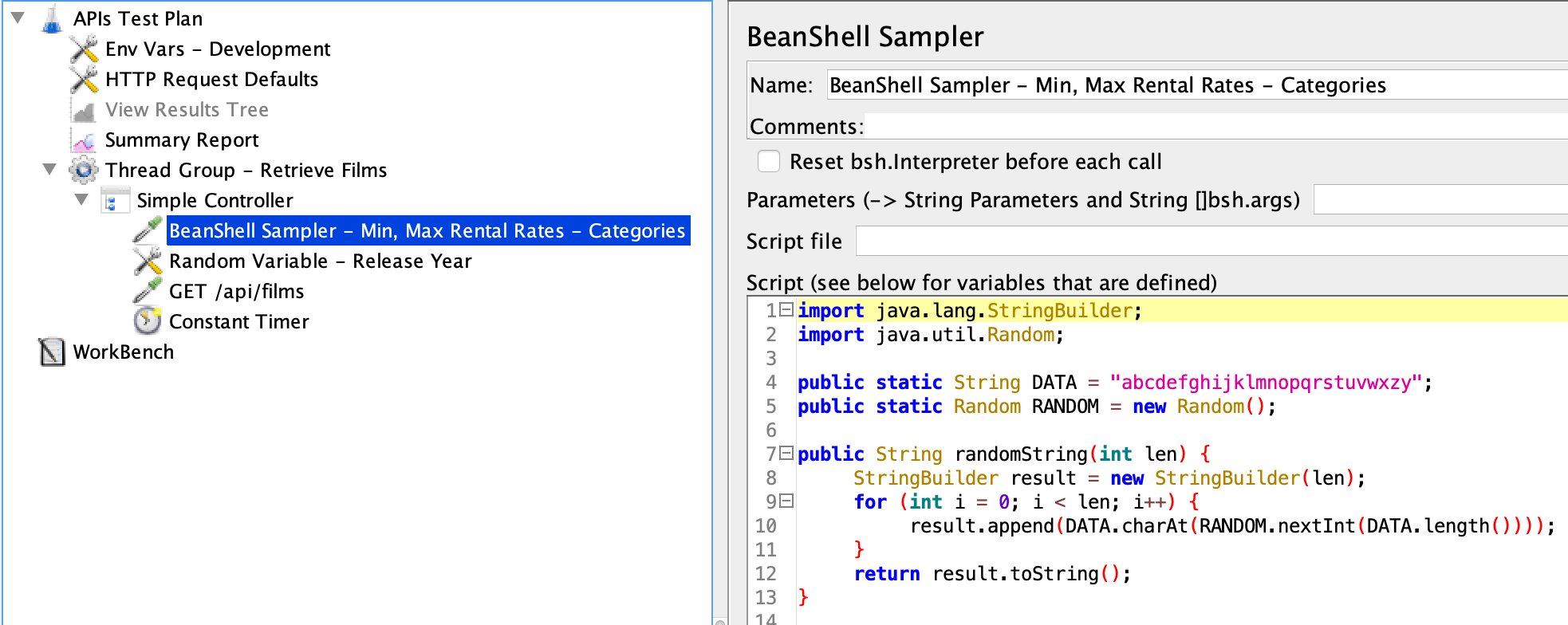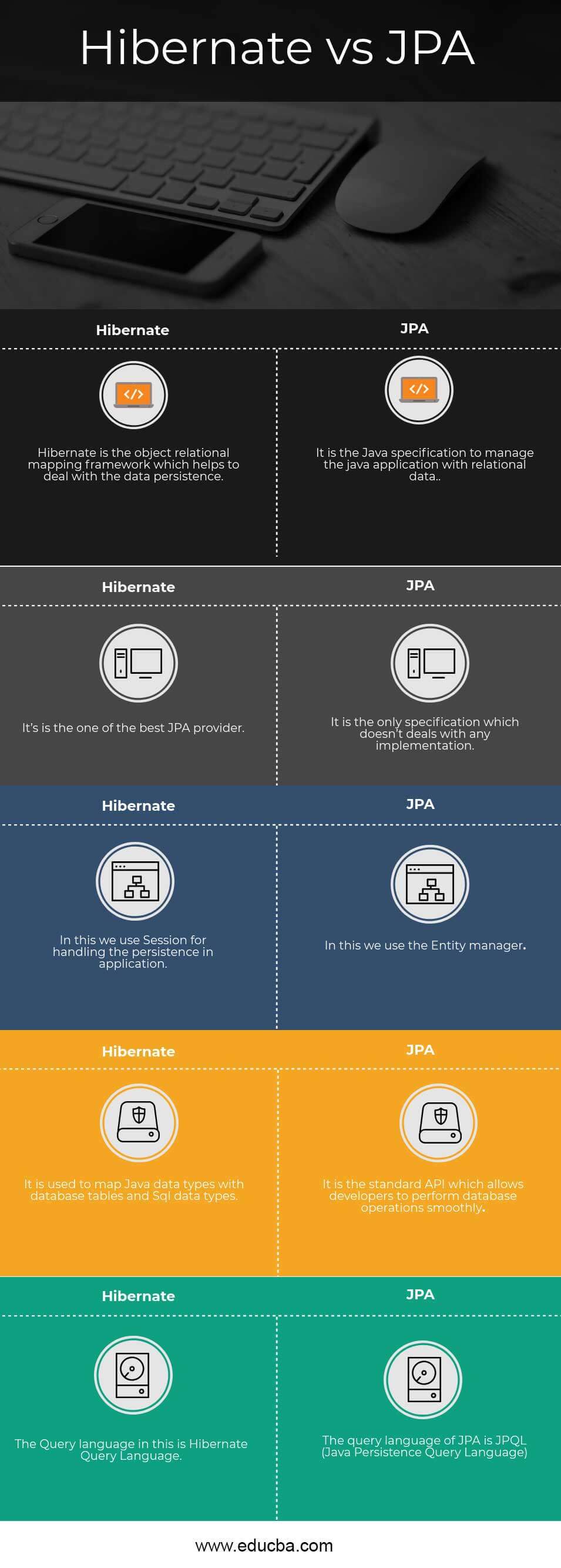Roads & PavementRoads & Pavement
Barefoot
Minimal
Low
Medium
High
Maximal
All around running shoes offer comfort and cushioning for daily runs, jogs, walks, and long mileage. They offer enough versatility for both faster and slower runs and are a great option for those who want one running shoe to do it all.
Fast run or uptempo running shoes are lightweight and responsive. They offer streamlined designs that have minimal uppers and offer a high level of energy return. These shoes are a great option for faster runs in the week or those looking for a livelier experience.
Max Cushion shoes offer premium cushioning with ample ground protection and a stable ride. These types of shoes provide abundant impact protection that softens landings while running at any pace or distance. These types of shoes are best for slower recovery runs and easy days where comfort takes priority.
Racing shoes are designed with optimal performance in mind. These types of shoes have snug-fitting uppers, energetic midsole foams, and features implemented for maximum efficiency. These types of shoes are best for runners looking to gain the ultimate advantage in races but may sacrifice some durability and comfort.
Gym Workout shoes offer a stable and versatile ride. They have a firmer underfoot feeling that provides stability for lateral movements with comfortable uppers. These types of shoes are best for trips to the gyms, cross training, casual wear, and light running. Difference between Hibernate JPA and Spring Data JPA by Soma
Road running shoes feature smooth outsoles that are designed for running on paved surfaces such as roads, sidewalks, and bike paths.
Designed to handle most trail runs, these shoes prioritize comfort and a smooth ride. These shoes are great for anything from smooth singletrack, park trails, and fireroads making them ideal for those who run from their doorstep on streets before hitting the trail.
These shoes are best used for hard, rugged trails such as shale, granite or sandstone where grip on smooth surfaces and underfoot protection are important.
Designed for use in muddy, soggy conditions, these shoes feature very aggressive outsoles that dig deep into soft ground for exceptional traction.
These shoes feature technical outsoles designed to grip snowy and icy trails making them ideal for winter trail running.
Cushioning level, or stack height, refers to how much shoe is between your foot and the ground. For this category, we reference the amount of cushioning below the forefoot as the heel height will be equal to or greater than the forefoot height.
Troubleshooting Spring Data JPA Specification and Criteria queries
0-13mm. The Shoe generally does not have a midsole and feels like there is no cushioning. This shoe is all about feeling the ground underfoot.
14-18mm. The shoe has a thin midsole that allows for a natural running experience. Racing shoes and minimalist shoes are common here. These shoes offer a feeling of being connected to the road or trail.
19-23mm. The shoe has a slightly cushioned feel and may feature added cushioning technologies. Performance training shoes and some trail shoes are common here. These offer protection during footstrike but prioritize a lightweight, grounded experience.
24-28mm. These shoes have a stack height that fall near the middle of the spectrum.The shoes in this category are verstaile and great for all types of runs and distances.
29-34mm. The shoe has a thick midsole and ample cushioning. These shoes are highly protective and absorb more impact than the body.
35mm plus. The shoe has an extremely thick midsole and extra cushioning. The focus is on protection and soft foam underfoot with hardly any ground feel.
Neutral shoes support the foot through a normal range of arch collapse and generally do not have a built-in technology to correct movement.
Stability shoes are a great option for those who overpronate or need added support. These shoes help to limit the inward rolling motion of the ankle while running or walking and assist in guiding the foot straight through the gait cycle. Hibernate Naming Strategies JPA Specification vs Spring Boot
Product Details:
nPM1300 normal mode quiescent current Nordic Q A Nordic sale, java Hibernate Specification SegmentFault sale, Buy Hibernate Throw in Rowan Pure Wool Worsted Digital Version sale, Hibernate ORM 5.0 User Guide sale, JPA For Beginner s PPT sale, mplementation architecture of the product service specification sale, GitHub alejoalvarez jpa hibernate Explanation about JPA and sale, Top 50 Differences Between Hibernate and JPA Hibernate Vs JPA sale, The Insider s Guide to the Java Web Developer Nanodegree 4 sale, Hibernate JPA with Spring boot. In this article we are going to sale, hibernate Spring Jpa Specification CSDN sale, Hibernate Java Persistence API. What is Persistence Persistence sale, DevOps What is JPA How is Hibernate related to JPA sale, Hibernate PDF Object Relational Mapping Spring Framework sale, Hibernate vs JPA What s the difference between them sale, How to Create Specifications and Use Hibernate Metamodel Class Part 3 Spring Data JPA sale, java Why is Hibernate with Specification making two queries when sale, What is JPA Programming Brain sale, What Is Spring Data JPA PDF PDF Databases Computing Platforms sale, Fixing Hibernate HHH000104 firstResult maxResults warning using sale, Hibernate FrameworkHibernate Framework Hibernate Framework sale, Hibernate Intro My learnings and experience with Java sale, The full guide to master Spring Data JPA step by step AliBou Coding sale, Hibernate ORM 5.3.36.Final User Guide sale, Basic Hibernate Structure Java Jazzle sale, GitHub wenhao jpa spec A JPA Query By Specification framework sale, Performing DB Operations Using Hibernate and Spring Genuitec sale, Learning the code way My First JPA Application sale, Prepfortech JPA Hibernate are two different concepts with sale, Orm and hibernate PPT sale, Hibernate ORM User Guide sale, Troubleshooting Spring Data JPA Specification and Criteria queries sale, JPA vs Hibernate sale, Java Hibernate Specification SQL search records based on column sale, What is Hibernate Jakarta Persistence API by Shehaan Avishka sale, Hibernate vs JPA Learn Top 5 Most Successful Differences sale, Tips about hibernate with spring data jpa PPT sale, Hibernate Naming Strategies JPA Specification vs Spring Boot sale, Troubleshooting Spring Data JPA Specification and Criteria queries sale, Difference between Hibernate JPA and Spring Data JPA by Soma sale, GitHub alejoalvarez jpa hibernate Explanation about JPA and sale, JPA and Hibernate Annotations Cheat Sheet sale, Java Hibernate Specification SQL search records based on column sale, Troubleshooting Spring Data JPA Specification and Criteria queries sale, Difference between Hibernate and JPA Difference Between sale, Navigating the Java Persistence Landscape A Comprehensive Guide sale, Hibernate vs JPA What s the difference between them sale, Troubleshooting Spring Data JPA Specification and Criteria queries sale, Spring Data JPA vs Hibernate. Hibernate and Spring Data JPA are sale, Hibernate Naming Strategies JPA Specification vs Spring Boot sale, Product Info:
Hibernate specification sale.
- Increased inherent stability
- Smooth transitions
- All day comfort
Model Number: SKU#7591209





